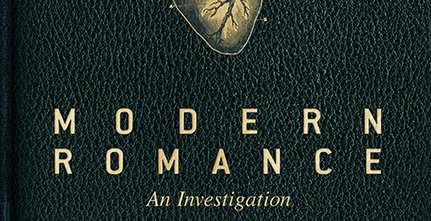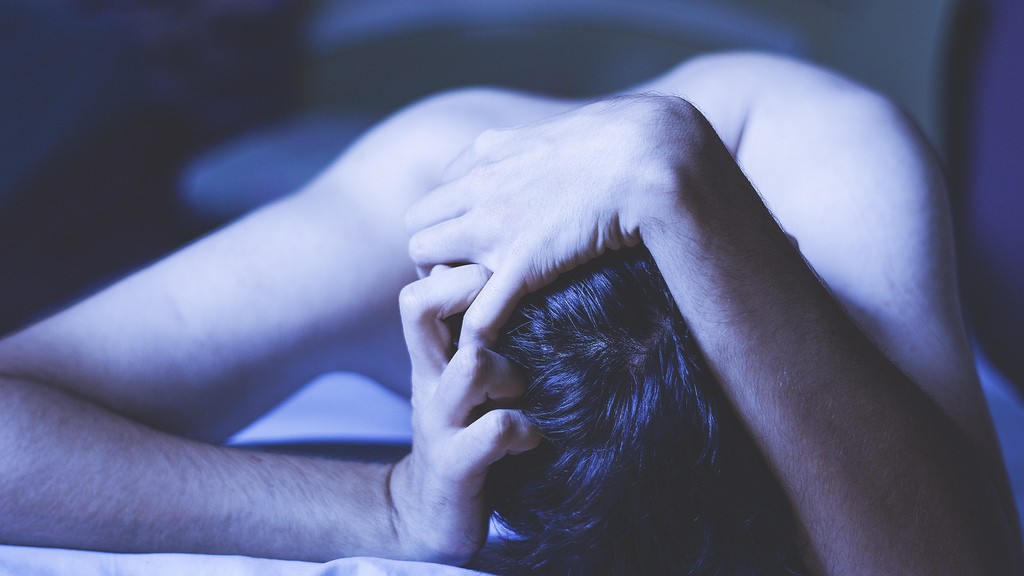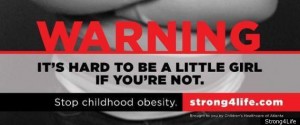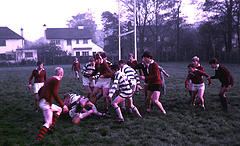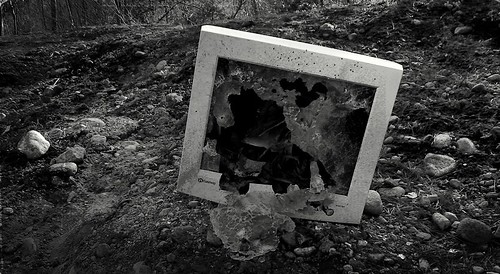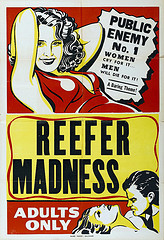- Chalkbeat interviewed Casey Stockstill (Assistant Professor of Sociology at Dartmouth College) about her new book, False Starts: The Segregated Lives of Preschoolers. In the U.S. two-thirds of preschool classrooms have either predominantly affluent white students or students of color from low-income families. Stockstill discusses the ways in which segregation affects preschoolers’ experiences, including differences in playtime structure, discussions of family life at school, the ability to bring items from home, and enrollment stability.
- Toyota, Honda, and Hyundai recently announced raise increases for their U.S. factory workers. A.J. Jacobs (Professor of Sociology at East Carolina University) commented to CNN that these raises are likely a preemptive move to block union organizing in the wake of the United Automobile Workers strike: “All are raising wages to inhibit unions, prevent strikes, and in general limit labor power.” Jacobs notes that foreign automakers also tend to open plants in Southern states with weaker labor laws and less political support for unions.
- Fortune published an excerpt from Kevin Woodson’s (Sociologist and Professor of Law at the University of Richmond) new book The Black Ceiling: How Race Still Matters in the Elite Workplace. Studying the experiences of Black professionals in prestigious workplaces, Woodson describes how stigma anxiety (“the unease that people with socially devalued traits—such as Black racial identity—feel about the possibility that others will treat them unfairly”) causes some Black professionals to refrain from speaking out in meetings or sharing personal information. Woodson argues that stigma anxiety disadvantages Black professionals by “undermining their emotional well-being and limiting their access to career capital.”
- As Argentina faces high levels of poverty (with 40% of people living below the poverty line) and rapid inflation, many Argentines are relying on community bartering. Mariana Luzzi (Professor of Sociology and Conicet Research Fellow at the University of General Sarmiento) describes how bartering systems have historically been common in Argentina during periods of economic crisis: “Poverty in Argentina is really dramatic but a very large part of what stops this situation becoming really unbearable is the vast network of support groups that exists.” This story was reported by Agence France-Presse and re-published in Barron’s.





